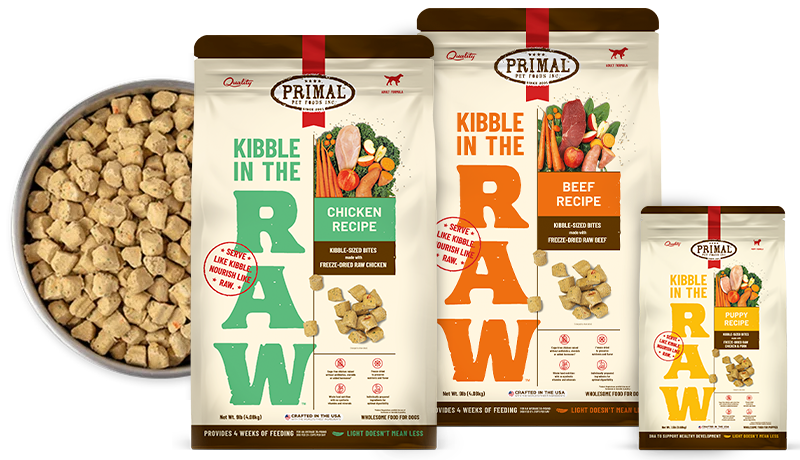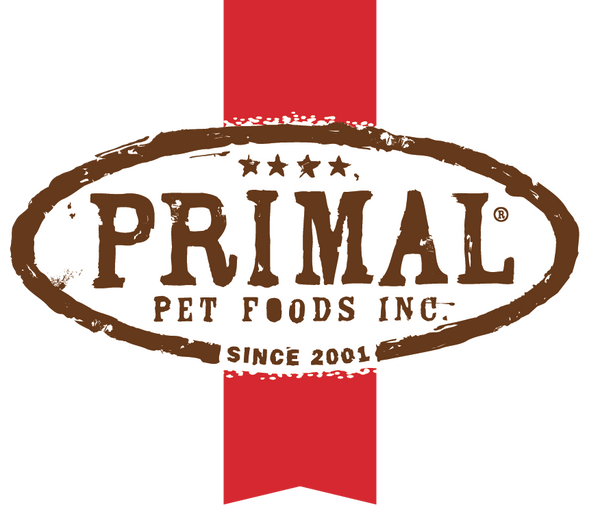
FDA Update to DCM Investigation: What We Know
It’s been a full year now since the FDA announced their investigation regarding an increase in cases of dilated cardiomyopathy (DCM) in dogs potentially related to eating a grain free diet.
The agency published another update June 27th, including for the first time the company names of the foods reported to them since the investigation began. The most important thing I took from the update is strikingly similar to the thing I found most relevant almost a full year ago:
“Based on the data collected and analyzed thus far, the agency believes that the potential association between diet and DCM in dogs is a complex scientific issue that may involve multiple factors.”
We still know almost nothing. One year later and the FDA is no closer to understanding why these dogs and their families are suffering. For those of you who need a briefing on the issue at hand, take a look at the FDA’s investigation page.
The first 20 years of my work life was spent in veterinary medicine. The last few have been spent here at Primal Pet Foods. Those two vastly different worlds give me a unique perspective on the challenges that this issue brings. I completely understand my veterinary colleagues’ trepidation when it comes to recommending foods for their patients. Above all do no harm isn’t something any medical professional takes lightly. But I fear that trepidation is driving many of them to make recommendations that may not be in the best interest of pets. I’m still feeling frustrated and sad about the misinformation being spread like wildfire from those with the best of intentions.
If the hypothesis is correct and the dogs’ diets are impacting heart health, then why can’t we figure out the cause?
The first theories were that the problem was related to a lack of taurine which was discussed in depth in my original response to the investigation last year. Briefly, taurine is a beta amino acid that is essential on a cellular level for all mammals’ survival. It’s important in many bodily functions including eyesight and heart strength. Most of us, dogs and people included, make our own taurine by piecing together other amino acids (the building blocks of proteins) from our diet. A minimum amount of dietary taurine required in dog food has never been established because of this ability to make it on their own. When the investigation initially came into the light people rushed to provide their dogs with extra taurine to avoid trouble and many kibble manufacturers began adding taurine to their recipes. Unfortunately, this did not help in most cases.
If it’s not taurine deficiency, could it be a problem with the amino acid building blocks needed to make taurine?
Sure, but when investigated essentially all the diets studied by the FDA had at least the minimum recommended amounts of those protein building blocks.
So now what?
Here’s where things get a bit complicated.
I think it’s important before we dive into this discussion to put this problem into perspective. I do not want to minimize the heartache of those effected by this disease. Important to note is that all the diets on the chart issued by the FDA (brands with 10 or more cases reported to them) are dry kibble foods. As the FDA stated, this disease is likely multi-factorial. Most of the dogs who are eating these foods are perfectly healthy. Dr. Heldman of Diamond Pet Foods, the manufacturer of Taste of the Wild, was interviewed by a respected veterinary news network following the FDA’s update and reported the following:
Heldman said Taste of the Wild is the largest brand of grain-free food, noting that 29 million bags have been sold in the U.S. since September 2017.
She said that 53 reports of disease cases should be considered in the context of sales. "If the numbers were presented as a percentage of bags sold, we would be at the other end of the list," Heldman said.
With that perspective in mind, let’s not forget that the FDA investigation is still important. Those dogs’ lives are important, and their experience has value in helping us to understand balanced nutrition for our companion animals. As an industry we need to have a larger discussion about what it means to feed a carnivorous mammal a single highly processed food item for every meal, every day, over the course of several years. Is it reasonable to believe that every pet can thrive with that restricted nutritional availability? Will that food digest and absorb the same way for every pet who is eating it? Will every pet parent feed the recommended amount of that food? Will the less active dogs who require less of that food to maintain a lean body weight be getting the required nutrients, including essential amino acids, with that reduced amount? The answer is clearly no.
The current requirements for pet food nutritional adequacy and labeling are grossly out of date. They require minimum and maximum values of a few key nutrients. Protein, for example, is only listed as a minimum crude percentage. When we turn meat into a shelf stable dry kibble product, it must be mixed with a starch ingredient in order to hold its shape and structure. Many of those plant-based starch ingredients, like corn or peas, contain plant proteins. That label on your bag of pet food does not differentiate between the protein coming from plants and that coming from meats. Many plant proteins can be difficult for dogs to break down into their amino acid parts and many of the newer plants being used haven’t been well researched enough to fully understand. It’s left to each manufacturer to decide how they want to validate their claim of complete and balanced.
Not all pet food recipes that are considered complete and balanced are tested post-production for their nutrient content. The sum of the nutrients found in the ingredients prior to mixing and processing can be considered enough to determine the food’s total nutritional value. The problem there is that ingredients and nutrients can react with one another or be impacted by processing steps like heat, pressure, and oxygen exposure. These reasons are why many of my former veterinary colleagues are more comfortable recommending brands that employ several veterinary nutritionists, PhD’s, and formulators responsible for understanding and accounting for these nuances.
A very important and under recognized step in determining balance is the measurement of the food’s digestibility. If the food delivering the nutrients is not fully digested by the dog, the nutrients may not be adequately broken down and absorbed. The minimum and maximum nutrient value guidelines printed by AAFCO assume that the food has at least 80% digestibility. A digestibility value of 80% means that 20% of the food consumed left the dog in his stool, undigested. If more than 20% remains undigested then the dog’s nutritional needs may not be met even if the food in question meets those AAFCO guidelines. Digestibility testing is not required. It’s also not a perfect science. There are certainly dogs who digest at different rates. The quantity of food you feed can greatly impact its digestibility rate. There are also many diseases and medications that can impact a pet’s digestion in the long and short term.
So what should we do?
As pet food manufacturers:
We should be as diligent as we can in proving nutritional adequacy & be willing to change and update when new research comes to light.
- Primal Balanced Formulas are tested 4 times annually at a 3rd party laboratory for over 100 micro and macro nutrients including but not limited to all of those included in the AAFCO guidelines.
- We completed and passed AAFCO feeding trials at the University of California Davis for 2 of our feline diets, one frozen one freeze dried recipe, in 2012.
- We completed and passed a full AAFCO feeding trial at a private laboratory for one of our canine frozen diet recipes in 2012.
- In response to the FDA’s investigation last year we tested the taurine levels in all of our canine frozen and freeze dried diets. All formulas came back with taurine levels high enough to meet the minimum recommendation for feline diets.
- At the same time, we started digestibility studies to compare our frozen and freeze dried canine diets. Both were completed and analyzed early this year with caloric digestibility results over 90%.
As a veterinary industry:
Listen. Educate. Empathize. The rise in limited ingredient pet foods high in legume and pulse ingredients came in response to dogs not doing well on the highly processed grain-based foods we’ve been providing them for several generations. We need to do better. Better does not mean switching out that highly processed corn for highly processed peas or vice versa. It means creating healthy GI tracts by providing balanced & safe fresh whole foods, at least in addition to those highly processed diets if not to replace them entirely.
As pet parents:
First and foremost, if you’re worried, or if your dog is experiencing any symptoms of illness, please see your veterinarian. Many of the dogs who fell ill showed no signs of illness before becoming gravely ill. It’s so important, even for seemingly healthy dogs, to see their veterinarian at least annually.
Feed the pet in front of you. If your dog is digesting their food adequately, they should have regular, formed, small stools. Every dog is different. If your food is not working for your pet, then make a change. Don’t rely on one highly processed kibble food to provide all the nutrients your dog needs. All dogs should have access to digestible, balanced, whole foods, high in meat protein and rich in amino acids. A healthy GI tract can affect so many parts of your pet’s body—from immune system vitality to energy and even heart health!

